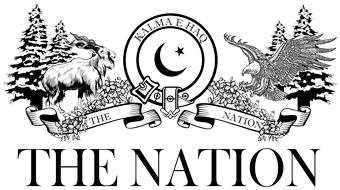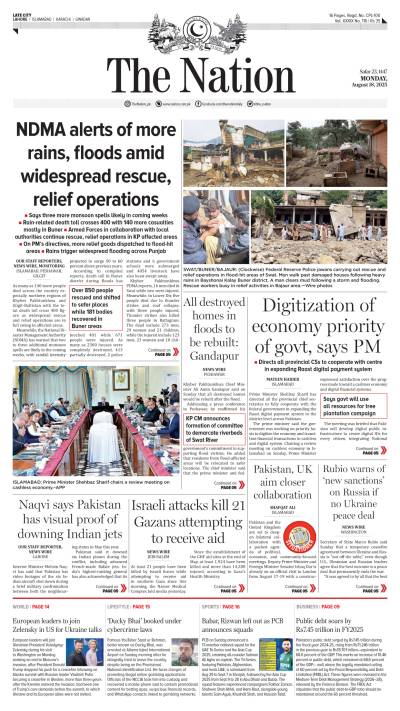Ukraine, however, was and still is in dire straits. It was subjected to a veritable double envelopment of sorts, curiously by the US and Russia. One stopped its military aid and access to strategic and battlefield intelligence, while the other simultaneously stepped up its offensives! President Trump had made all military and other support to Ukraine subject to it submitting to its mandated ceasefire and giving the US access to its rare earth metals and minerals. As a strong-arm measure, he stopped all military, economic and technological aid and access to satellite imagery, strategic and battlefield intelligence, thus blindsiding it to all Russian manoeuvres, launchings of artillery, air, drone and missile strikes, etc. It was a serious disadvantage at the strategic and tactical levels for the Ukrainian forces. Sensing the split between the US and Europe-Ukraine, the Russians stepped up their offensives. Resultantly, Ukraine is rapidly losing all the gains it had made in the Kursk region, where its forces now face a devastating encirclement, surrender, and an imminent defeat in detail!
Of late, however, President Trump’s coercive diplomacy has allowed him to impose his will on Ukraine; the latter has agreed to an initial ceasefire in parleys held in Jeddah. Instead of agreeing to a partial ceasefire limited to the air and seas, as suggested by Ukraine, the US managed to get a comprehensive, 30-day ceasefire covering all domains of war—on land, in the air, in space, and on the seas. The details of the agreement have not yet been made public. However, it can be surmised that its key facets will, at the least, cover Ukraine’s current and future economic, security, and territorial integrity issues. The US will most likely get its access to Ukraine’s rare earth/critical mineral deposits, as desired. As a quid pro quo, the US has promptly restarted military aid to Ukraine and unblocked access to satellite imagery, strategic and battlefield intelligence, etc. This should reinforce Ukraine’s negotiating position.
This, however, is only one half of the deal! The onus now shifts onto the Russians to take it to fruition and its logical conclusion!
Russia will not be in any undue haste to show its cards or forward its own proposals. It is not likely to commit itself to any cessation of hostilities until it has created the desired strategic environment that suits its national interests. It is not likely to step back from at least two of its most critical war objectives: one, that Ukraine will never become a member of NATO, and two, that it will retain the Ukrainian territories it has already occupied. These are most likely to be the main stumbling blocks in the peace process, too. However, as a preliminary step, it will first want to consolidate all the territorial gains it has already made in Ukraine (including Crimea), as well as regain all areas lost by it, especially Kursk. This will deny Ukraine any bargaining chips once negotiations eventually kick in. Only then is it likely to negotiate peace from a position of relative strength!
Russia is further likely to ask for an end to its pariah status, a sanctions-free re-entry into the global economy, and a restrictions-and-friction-free international trade environment. It will want to welcome US and European multinationals and investments into its economy and rare earth/critical minerals too. It will seek to re-engage Europe in trade and the unrestricted supply of inexpensive gas and oil, as earlier. It might even ask for the resumption of gas supplies to Europe through the revived Nord Stream pipelines. It will favour a resumption of strategic talks with the US (and others) on the limits and control of nuclear weapons and their delivery systems. Russia will also want to be rehabilitated at the apex of the world and take its place at all fora where the world’s major players and powers meet to discuss issues of global import. Above all, it will seek a restoration of its earlier global/international stature!
The US will thus feel compelled to create the security environment that Ukraine seeks. If Ukraine is not to become a part of NATO, then a number of options could be considered. One, a bilateral peace treaty between Ukraine and Russia that guarantees the territorial integrity of both belligerents. Two, the US could provide Ukraine with an all-encompassing security (including nuclear) umbrella itself. Three, a European alliance could be created to provide the necessary security with US backing. Four, a long-term, multidimensional economic and peace treaty between Russia and Europe as a whole could be sought! However, it will all depend upon how much territory Ukraine agrees to cede to secure itself in the future. Its earlier experiences of guarantees under the Budapest Memorandum 1994 and the current war, however, might not inspire confidence in the US, Russia, or Europe!
If need be, an international peacekeeping force under the auspices of the UN could be temporarily posted on the Ukraine-Russia border to create a buffer zone. This should give some respite to both belligerents and allow the reconstruction of Ukraine and the rehabilitation of its people to begin. This UN peacekeeping force must, of necessity, be comprised of Asian, African, and Latin American forces/personnel to obviate any conflicts of interest.
If President Trump’s “art of the deal” can usher in a “viable, just peace” in Europe, it could be the harbinger for the elusive global harmony that the world has sought desperately. It could also provide the required impetus to his efforts to tackle/resolve other persisting global issues, including the Taiwan-China conundrum, the Palestine-Israel imbroglio, and the intractable Kashmir issue between India and Pakistan!
Could this possibly define President Trump’s enduring legacy?
Imran Malik
The writer is a retired brigadier of the Pakistan Army. He can be reached at im.k846@gmail.com and tweets @K846Im.







